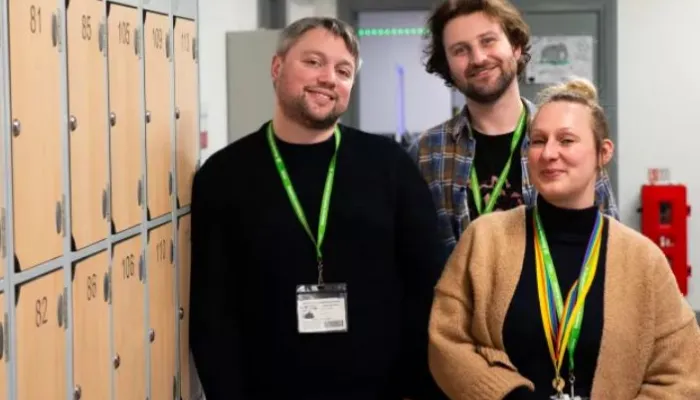As children returned to school this month , most will be chatting with friends, reminiscing about all the fun they had during the summer holiday.
However, for some, their time away from education would have been filled with arguments, causing a strain in their relationship with their parents, bringing a family breakdown – the leading cause of youth homelessness - ever closer.
This could be years away for that child but, in order to end youth homelessness, action must be taken now to prevent a crisis further down the line.
That’s why we’ve been using the Upstream model in schools across London and Manchester. A prevention programme that enables us to intervene a lot earlier in a young person’s life so we’re dealing with small cracks rather than large breaks.
What is Upstream?
Upstream was first used in the Geelong Project in Australia, with studies showing it has contributed to a 40% reduction in youth homelessness over the last 20 years.
It was then brought to the UK by Professor Peter Mackie, who worked with Welsh charity Llamau to redevelop and roll out the system Upstream Cymru.
Centrepoint then followed in Llamau's footsteps, piloting Upstream in schools in March 2023, using it to identify 11- to 16-year-olds who are at risk of youth homelessness in the future, not necessarily people who are at risk currently.
How does Upstream work?
Upstream starts with a survey. It asks questions that centre around conflict with parents as well as the child’s well-being.
After completing the survey, if a child flags as at risk of homelessness, we will then focus on intervention, working on conflict resolution or mediation with their families.
This is important because it can be hard to be a parent, you're dealing with your own problems, such as money or work and then you have a child who is constantly growing up, getting older and this can create a perfect storm which is so tricky to weather.
That’s why, with this model, we must focus on parents as much as the children, trying to improve communication, such as how parents talk to each other or how they talk to their child, ensuring it’s in a positive and validating way, while at the same time not giving in when there needs to be some sort of routine.
After three to six months of working with the family, if the child isn’t showing anymore flags, we won’t put in a further period of support but if they are still flagging on the survey, then we will see if a different approach, using other methods, is needed.
How successful has the Upstream survey been?
Over the last two years, 5,500 surveys have been completed but obviously, we won’t know if we’ve been successful in reducing youth homelessness until this generation of children turn 25, so we could be waiting 14 years to get definitive results.
However, if our year-on-year survey is accurate, then early data indicates that 64% of people we have worked with do not reflag as at risk of youth homelessness, which is quite exciting.
With that being said, until there’s a universal model of homelessness prevention, people will continue to fall into the rivers of homelessness, flowing rapidly downstream, desperately trying to grab onto a branch to stop themselves before they’re sofa surfing or sleeping on the street.
It’s at this point where we would traditionally fish them out, but instead we need to go upstream to work out why they are falling in in the first place.
Though we can’t do this ourselves. Along with the Upstream model, which must be introduced into every school in the country, we need the help of other partner organisations so together, we can catch enough people to end youth homelessness.

